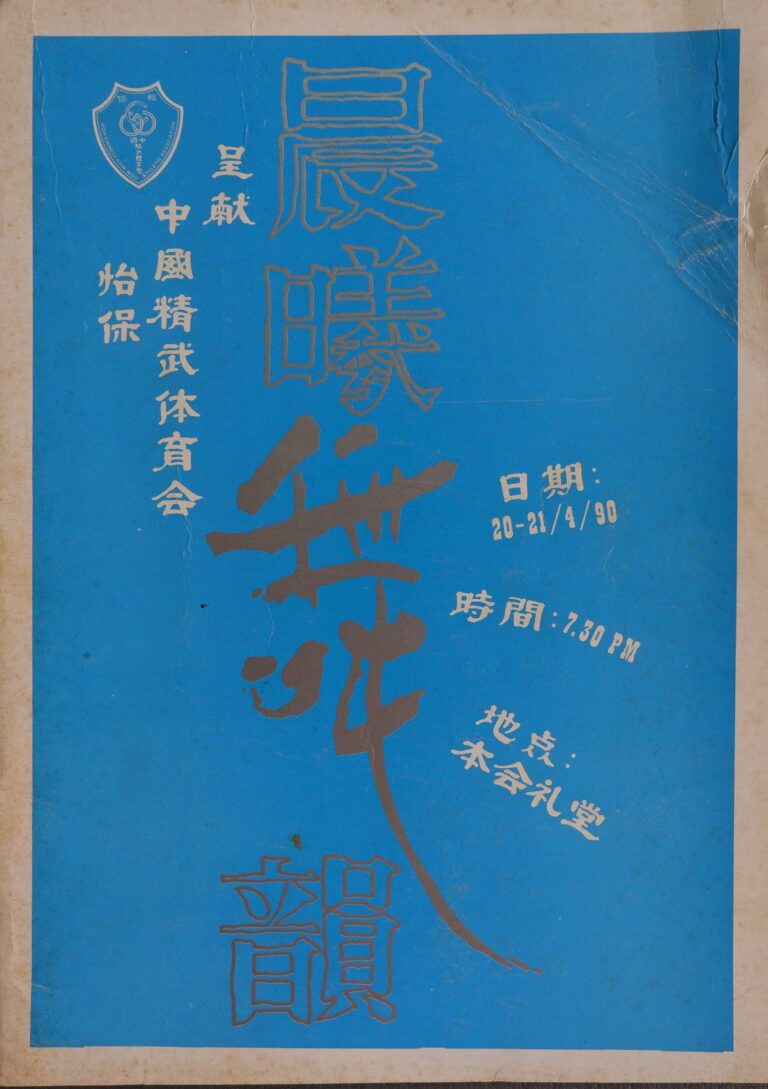“On the battlefield to conquer the guests, the cold and bitterness are like sleep,
The battle robe is hand-made, who knows who is going to do it?
Deliberately add more lines, more affectionate,
This life is over, and the next life will be re-formed. ”
This was during the reign of Emperor Xuan Zong of the Tang Dynasty. In a cold clothing sent to the frontier, a soldier suddenly found this little poem, and the soldier shown it to the chief, the chief was also deeply moved. In the end, the incident reached the emperor’s ears, and the emperor ordered a thorough investigation. There was a maid who claimed to be dead, begging the emperor to renounce her sin. In the end, the emperor not only forgave her, but also betrothed her to the soldier.
「沙場征戍客,寒苦若為眠,
戰袍經手作,知落阿誰邊?
蓄意多添線,含情更著綿,
今生已過也,重結后生緣。」
這是在唐玄宗年間,在一次送往邊疆的寒衣中,一名將士忽發現了這首小詩,這名將士把這首詩。交給長官看,長官也深為感動,最后,這事終傳致皇帝耳中,皇帝下令徹查。有一宮女自稱萬死,求皇帝忽罪,最后,皇帝不但宽恕了她,還把她許配給那名將士。
